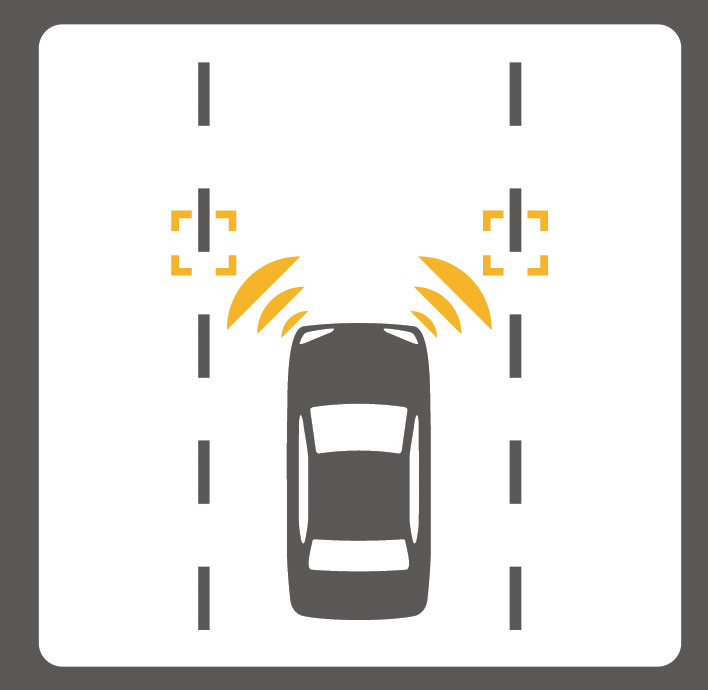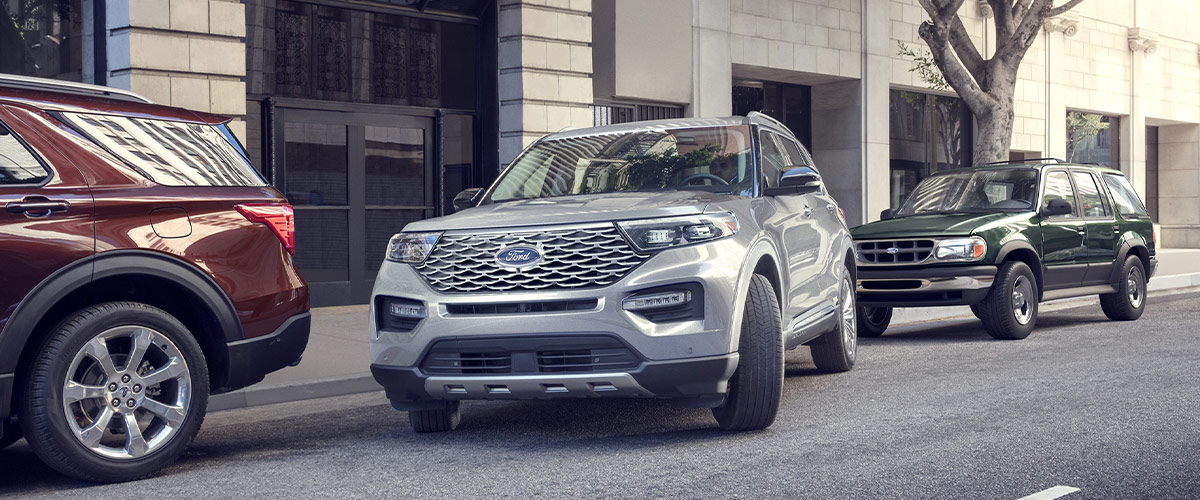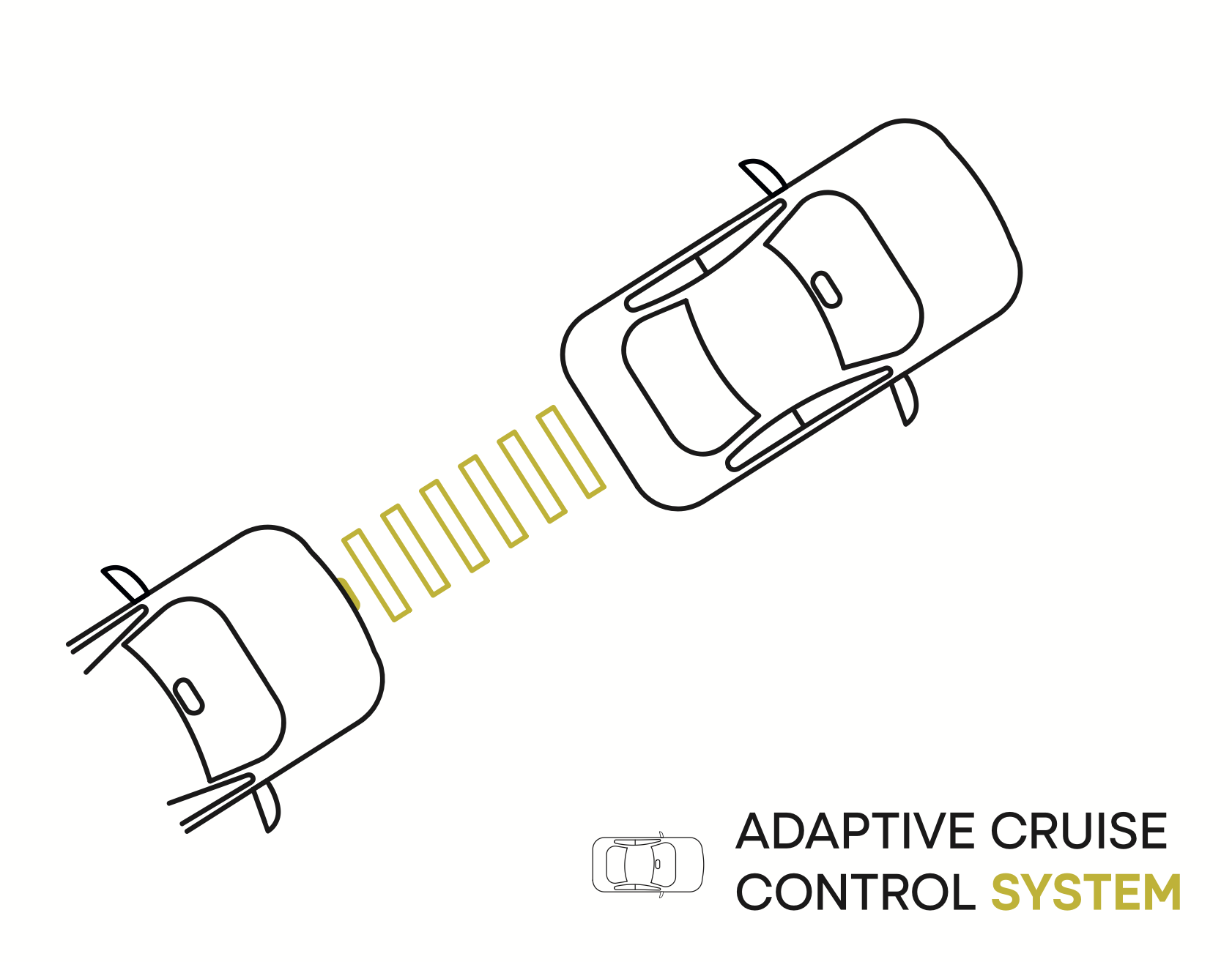Do I need Lane Keep Assist for my teen driver?
Of all the technologies we write about for parents of teen drivers, any of the lane assist and blind spot monitoring features are the hardest to write about. I often get confused myself and I’m the one who created Rookie Rides. The manufacturers don’t make it easy for us parents because everybody calls the same basic systems by several different but similar-sounding names. In fact, there is a group comprised of AAA, JD Power, the National Safety Council, and others to create a universal set of names for each technology.
Another issue for us when creating Rookie Rides is often these technologies come bundled with other technologies, but those bundles are not universal. For example, one manufacturer may bundle lane keep assist with blind spot monitoring, while another might bundle it with lane departure warning (LDW).
In Rookie Rides, this can cause a vehicle to have a lower criteria match depending on which features you chose. For example, if you wanted lane keep assist but didn’t want blind spot monitoring (although I can’t image why you wouldn’t want that) it could show as a mismatch for any vehicle where LKA was bundled with Blind Spot Monitoring. Can you see the conundrum that caused me?
So before we debate the pros and cons, let’s just answer your question:
What is Lane Keep Assist
Lane Keep Assist will operate the vehicle semi-autonomously to prevent it from drifting into another lane. In other words, it will help your teen stay in their lane by either steering the car ever so slightly to keep it in the lane, or it may slightly apply the brakes on one side to nudge it back into its lane.
LKA gently corrects the vehicle back to the center of the lane. For any young driver, this sensation of the car centering itself in the lane may be a bit startling at first, but it could potentially be a lifesaving technology. In fact, the IIHS agrees that Lane Keep Assist is one of the four technologies identified as potentially being able to reduce the teen driver fatality rate by 78 percent.
How Does Lane Keep Assist Work?
When there is a mismatch between where the lane is pointing and the vehicle is heading, the vehicle can either send an audible alert, vibrate the wheel or seat, tug the wheel to correct the lane and vehicle mismatch, or gently apply brakes to one or more wheels to correct lane alignment. The actual combination of responses will depend on the vehicle and age of the system as early versions were alert-only systems.

Rookie Rides Scorecard:
Life-Saving 5/5
Fender Bender Saving 5/5
Peace of Mind 5/5
Tom’s Thoughts:
I drove my first car with lane keep assist this summer when I rented a Kia Carnival minivan to go meet a client for my other business. This was my first time driving any vehicle with semi-autonomous driving technology and I had a lot of highway driving to do so I had a chance to try these features out. On the Kia on the highway, the system did about an 80% correct job of seeing my lane and keeping me in it. I did have a couple of occasions where the system thought I should be exiting the highway and started to tug the steering wheel in that direction, but it didn’t take much to override that decision. A simple tug back kept it looking forward. At no point did it pull me out of my lane, but it was trying to.
Off the highway, the system had a more difficult time seeing the lanes and staying engaged. If the lanes had old paint, and it wasn’t clear to the human eye, let alone the camera system, it simply shut off until it was sure it could tell an actual lane. At night, the system was virtually useless, and I did not have a chance to try it in the rain. But these conditions will be irrelevant when the systems switch over to lidar-based systems, which will be able to see in the dark, in the rain, and see even the faintest of lane markers. We are still a few years away from that.
When teaching my kids to drive the one thing I continually had to do was either tell them to move over or even sometimes reach over and steer them back in the lane (I really don’t feel like buying new mailboxes for my neighbors). If the technology comes bundled with systems like blind spot monitoring or blind spot alert, then absolutely you need to have it if for no other reason than to get that technology I personally think that all new vehicles in the future will have this feature and will come bundled with a basic set of ADAS (Advanced Driving Assistance Systems).
The question is how do we ensure that your teen driver keeps it turned on? Ultimately Lane Keep Assist is a technology that could not only prevent a fatality, but it could also prevent an accident from happening in the first place which is the promise of any ADAS technology. I know there are parents out there who do not love the idea of the vehicle their teen is driving having control over the steering or braking, but I suggest you try it before you decide you don’t want it in your teen’s first car.

 Back to Teach Me
Back to Teach Me






